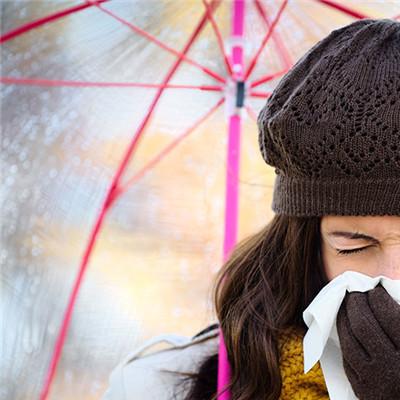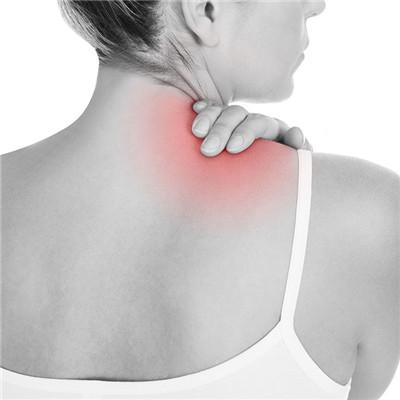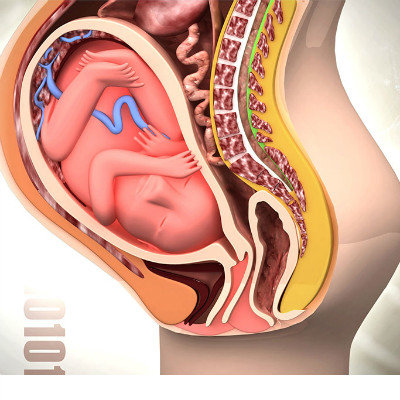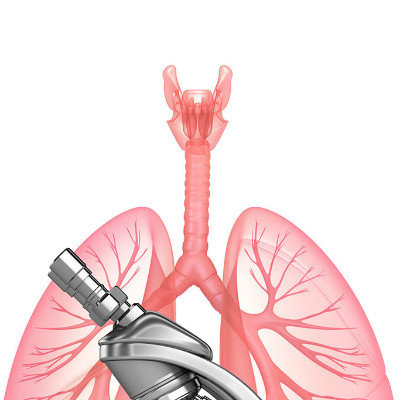Symptoms of pneumoconiosis stage II
summary
Pneumoconiosis is mainly distributed in coal, nonferrous metals, machinery, building materials, light industry and other industries. According to the national report on the incidence of occupational diseases in 2001, there were more than 10000 new cases of pneumoconiosis in 2001. So far, the cumulative number of pneumoconiosis cases in China is 569000, and the current number of pneumoconiosis patients is 433000. In particular, there are about 600000 cases of suspected pneumoconiosis (0 +) in China, which is the main factor of new cases. Let's understand the symptoms of pneumoconiosis phase II?
Symptoms of pneumoconiosis stage II
Pneumoconiosis is caused by long-term inhalation of a large amount of free silica and other dust. Most of these dust are eliminated, but some of them remain in bronchioles and alveoli for a long time and are constantly engulfed by alveolar macrophages. These dust and dust swallowing macrophages are the main pathogenic factors. A series of studies have shown that after the formation of pneumoconiosis lesions, the residual dust in the lung continues to interact with alveolar macrophages, which is the main reason why pneumoconiosis patients continue to develop despite being separated from dust operations.
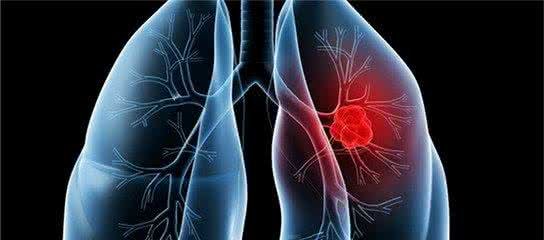
Pneumoconiosis is the standard name for pneumoconiosis. It is a systemic disease caused by long-term inhalation of productive dust (dust) and occupation in the lungs and diffuse fibrosis (* cicatricial) in the lung tissue. According to the X-ray findings, it can be divided into three stages. Generally, early patients have no symptoms. Second stage pneumoconiosis will appear repeated cough, expectoration, chest tightness, shortness of breath and other symptoms.
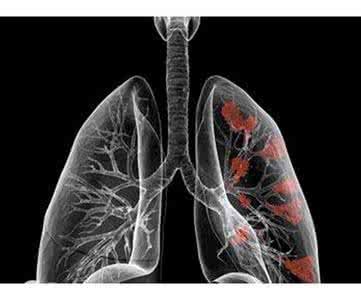
Second stage pneumoconiosis is not based on the diagnostic criteria of clinical symptoms, but according to the chest X-ray, the accumulated area and location of the lung, the diagnosis of cough, expectoration, hemoptysis, chest pain, progressive aggravation of the disease, dyspnea. Systemic symptoms include fatigue, loss of appetite, night sweats, insomnia, etc. In the early stage of the disease, there are often no positive signs, and in the late stage, there are signs of emphysema. When complicated with pulmonary infection, there are dry and wet rales in the lungs, resulting in cor pulmonale

matters needing attention
Process reform and innovation of production equipment are the main ways to eliminate dust hazards. Wet operations: wet grinding quartz, refractory materials, wet rock drilling, underground transportation spray spray. 3. Airtight, ventilation and dust removal: for places where wet operation cannot be adopted, airtight ventilation and dust removal method shall be adopted to prevent dust from flying. Health examination for workers exposed to dust: including pre employment and regular health examination, and dust removal operation examination should be conducted when working away from dust. Personal anti jealousy: wear dust protection, such as dust helmet, air helmet, air mask, etc.



